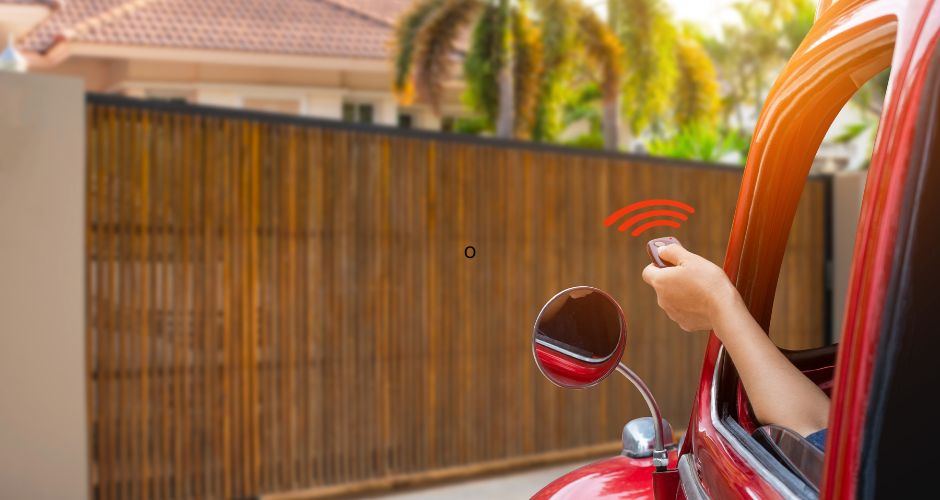Remote Gate Installation in Oman
Mechanized sliding entryways (ordinary) are doors which utilize a ground mounted track for the door wheels to proceed onward. Followed sliding doors can have bigger opening widths. A passerby door can be joined with these sort of entryways or a different person on foot entryway can be constructed.
Company can deliver mechanized sliding entryways according to customer's necessities. Installing an automatic remote gate involves several steps to ensure proper functionality and security. Here is a general guide to the installation process:
1. Choose the Right Gate Type:
- Decide on the type of gate you want to install. Common types include sliding gates, swing gates, and barrier arm gates. The choice depends on factors such as space availability and personal preferences.
2. Select the Automation System:
- Choose an appropriate automatic gate opener system based on the type and weight of your gate. There are various systems available, including sliding gate openers, swing gate openers, and barrier arm gate openers.
3. Prepare the Gate:
- Ensure that the gate is in good condition. Lubricate hinges, check for any structural issues, and make necessary repairs before installing the automation system.
4. Install the Gate Opener:
- Follow the manufacturer's instructions to install the automatic gate opener. This typically involves mounting the motor, attaching the drive mechanism, and connecting it to the gate. For sliding gates, this includes installing a track for the gate to slide on.
5. Install the Remote Control System:
- Set up the remote control system that allows you to open and close the gate from a distance. This may involve programming the remote control or connecting to a smartphone app if the system is smart-enabled.
6. Electrical Connections:
- Connect the gate opener to a power source. This may involve running electrical wiring to the gate, and it's recommended to hire a licensed electrician for this part of the installation.
7. Safety Measures:
- Install safety features such as safety sensors to detect obstructions and prevent the gate from closing on objects or people. Some gates also have built-in safety mechanisms to stop or reverse if an obstruction is detected.
8. Setup and Testing:
- Test the gate's functionality to ensure that it opens and closes smoothly. Check the remote control and safety features to make sure they are working correctly. Adjust settings as needed.
9. Optional Features:
- If your automatic gate opener system supports additional features, such as intercom systems, keypads, or integration with smart home systems, install and configure these according to the manufacturer's instructions.
10. Regular Maintenance:
- Establish a regular maintenance schedule to keep the gate and automation system in good condition. This may include lubricating moving parts, checking for wear and tear, and ensuring that safety features are functioning correctly.
Note:
It's important to check local regulations and obtain any necessary permits before installing an automatic gate, as there may be specific rules regarding gate installations in your area. Additionally, for complex installations or if you are unsure about any part of the process, it's recommended to consult with professionals or hire a licensed installer to ensure the installation meets safety standards.
